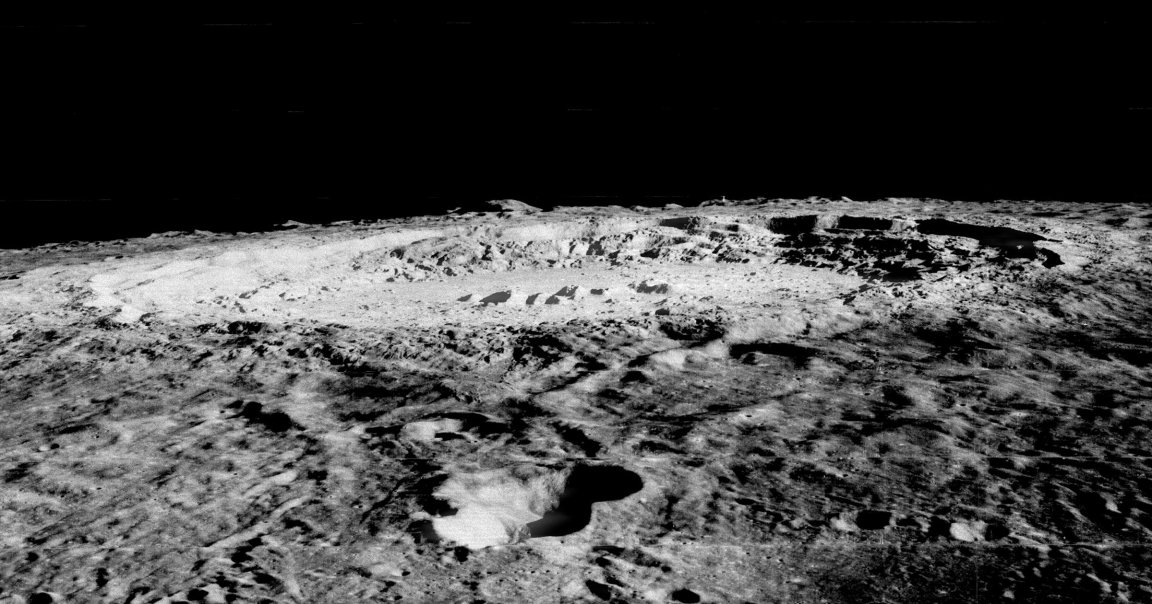
MOON UNIT
Imagine, for a second, that human life has been snuffed out like the flame of a candle. Wouldn’t it be nice if we’d archived the sum of our knowledge for whoever might come along next?
That’s the idea behind the Arch Mission Foundation, a nonprofit exploring ways to store vast amounts of information. in formats that will last for “thousands to millions” of years. And after all, spreading caches of information around the solar system is the ultimate backup.
Its latest project: encoding important books and crowdsourced images into synthetic DNA molecules, and storing them on the Moon.
DNA INFO
To tackle the DNA project, Arch Mission is collaborating with Microsoft, the University of Washington, and the Twist Bioscience Corporation. The collaborators chose DNA, they wrote in a press release, because it can store information in an ultra-compact form.
“Using DNA as a building block you can write and store information in an extremely small volume,” said Arch Mission co-founder Nova Spivack in an interview with Scientific American. “A tiny liquid droplet could contain Amazon’s entire data center. You can then replicate it inexpensively to create literally billions of copies.”
LONG TERM
Once they’ve stored the data in the DNA — which will include 20 books selected by Project Gutenberg and 10,000 crowdsourced images of everyday life — the plan is to send it to the Moon on an Atlas V rocket in 2020, according to Scientific American.
The Moon project is just an early step in Arch Mission’s very ambitious plans, which include building a vast repository of human knowledge and placing copies on planets, asteroids, comets, and moons around the solar system.
It’s not clear, Spivack acknowledged in the Scientific American interview, how likely it is that future life forms would ever actually stumble across one of those archives. But the project, he argued, is also a “grand gesture that brings together our hopes and dreams about becoming a spacefaring civilization.”
READ MORE: Lunar library to include photos, books stored in DNA [University of Washington]
More on the Moon: Why Are We Going to the Moon, Again? Oh Right, to Make It a “Gas Station for Outer Space”